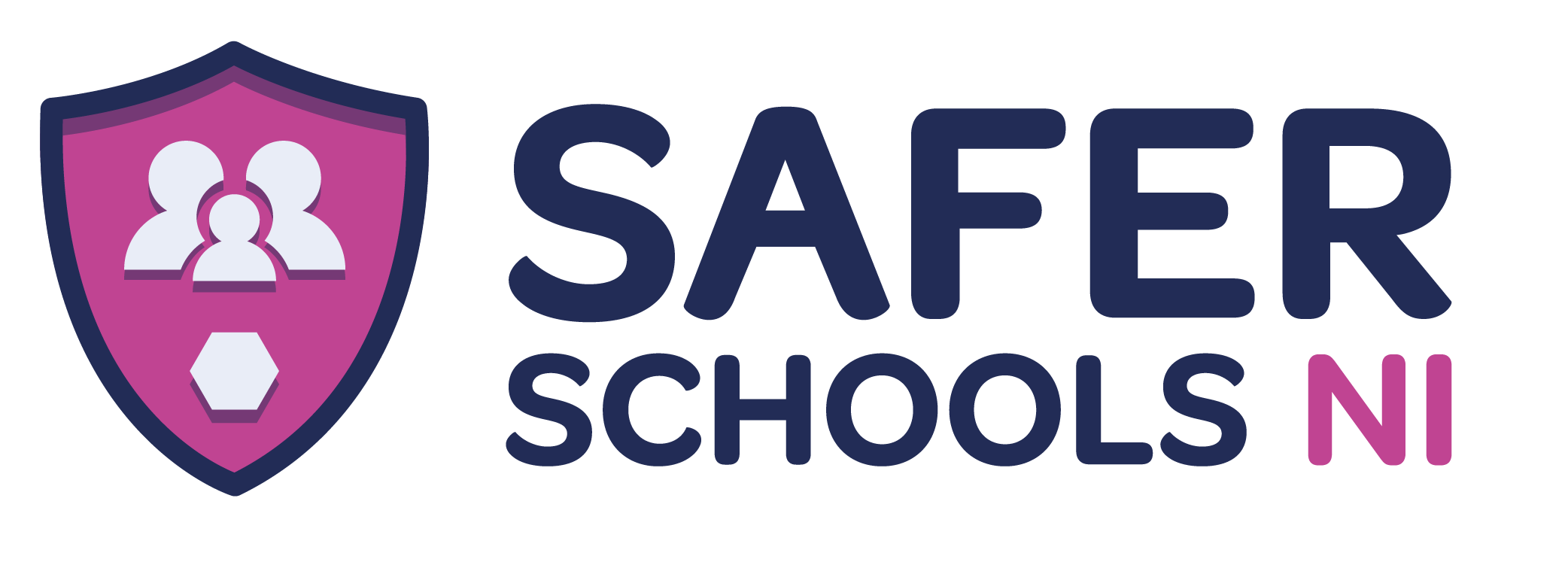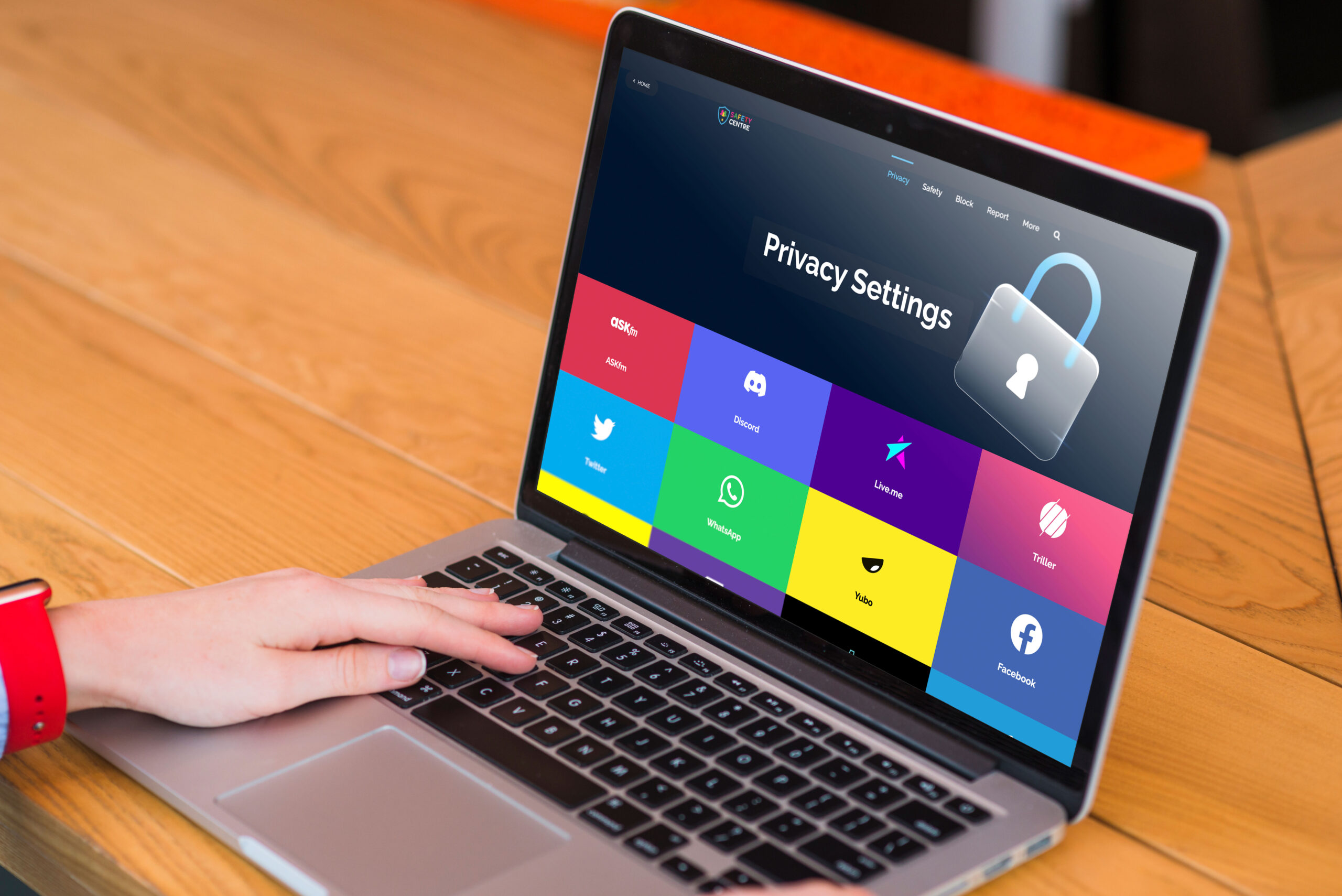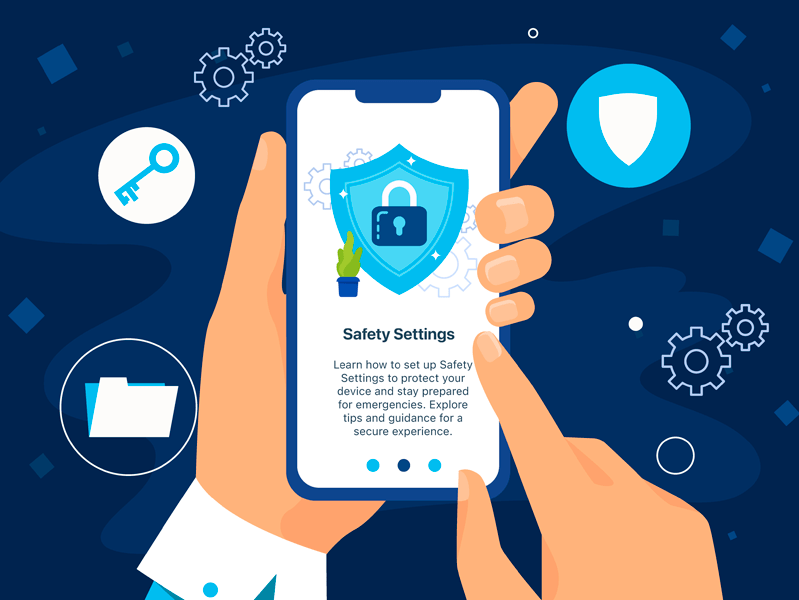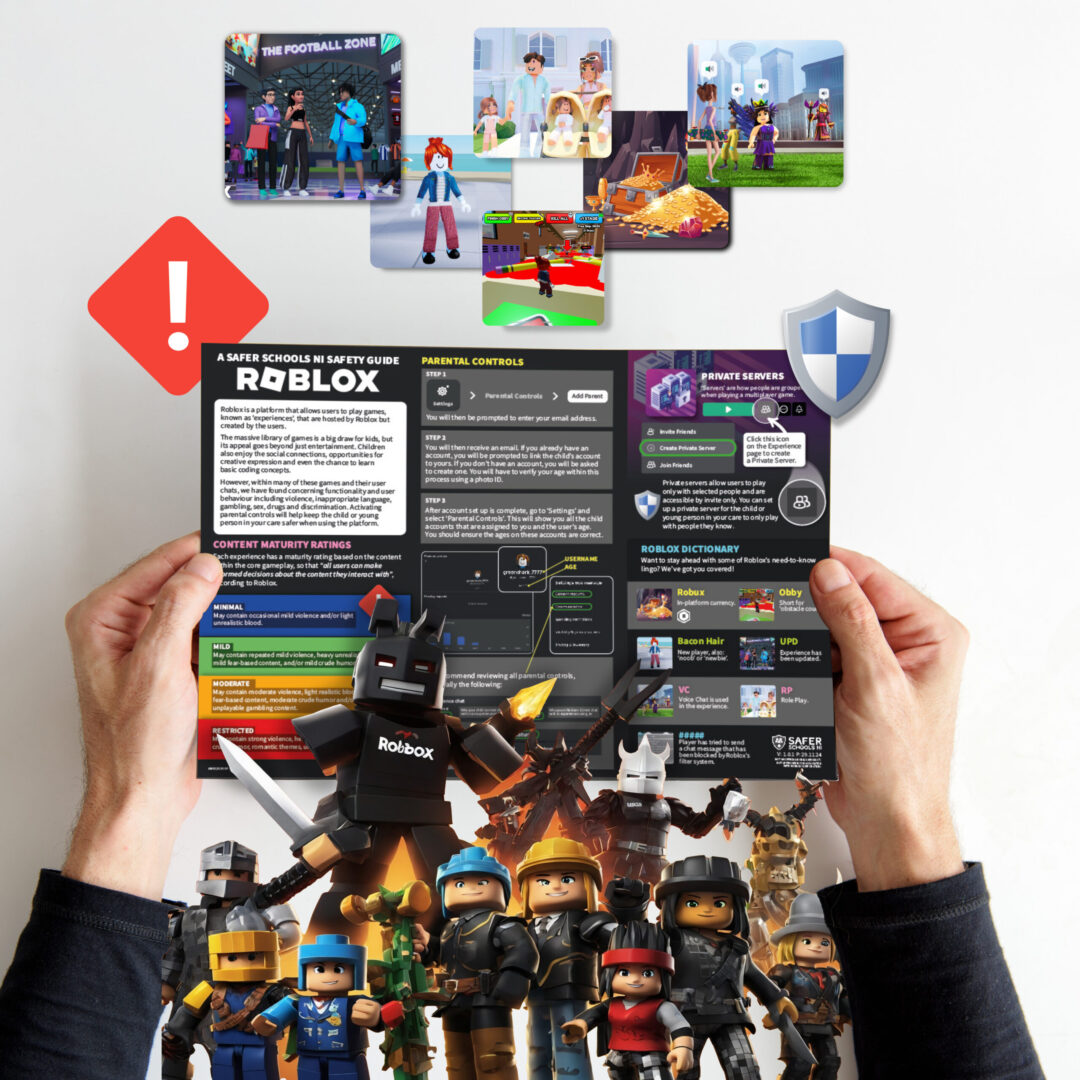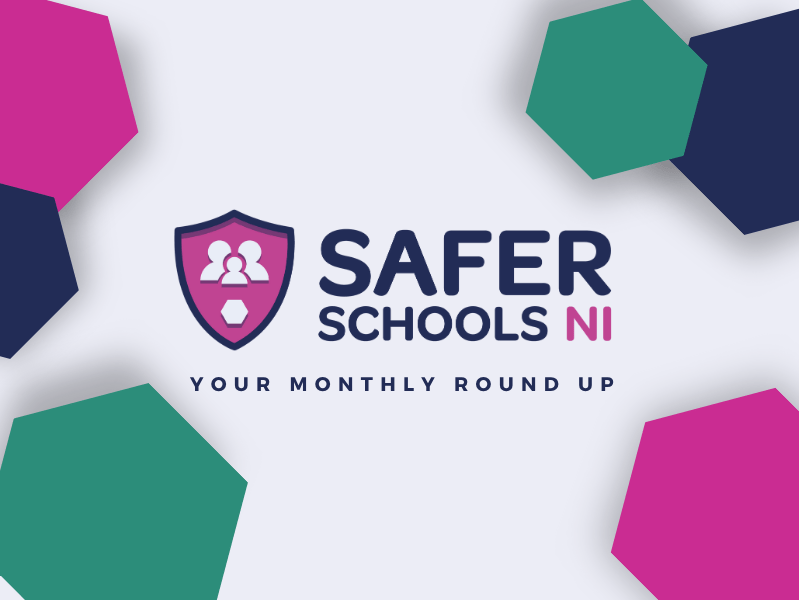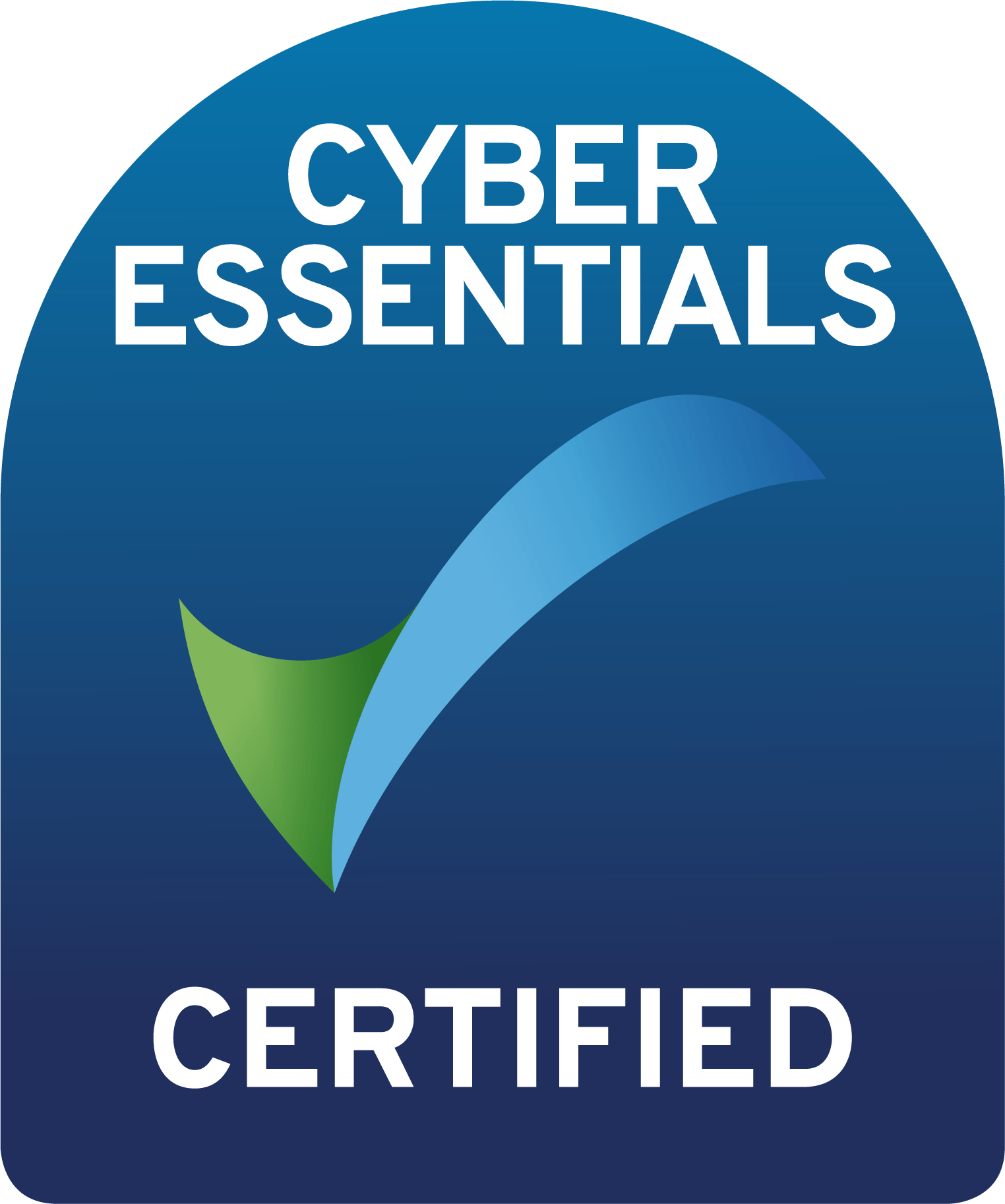Last Updated on 26th November 2025
Reading Time: 4.9 mins
May 21, 2025
Online video chat can help us communicate with our loved ones, even if they’re at the other side of the world. But what happens when children and young people use this technology to connect with strangers?
What is a Randomised Chat Room?
Randomised chat rooms are platforms that connect you with a random stranger for a one-on-one video chat, with Omegle being the ‘original’ and most well-known of its time. You usually know nothing about the other user upon connection and these platforms often prioritise maintaining anonymity. You can remain in a conversation once paired with another user or choose to be reallocated to someone else.
Most of these platforms have an age rating of 18 years or older, but do not verify a user’s age which is why many children and young people are able to access them.
Some of the most popular platforms are:

OmeTV

Chatroulette

Emerald Chat

Monkey

‘Ro-meet’ on Roblox
Why Do Young People Use Them?
Children and young people might seek out randomised chat rooms for a variety of reasons, including:
How To Spot If a Child Is Using Chat Rooms
It can be tricky to identify if a child in your care is using these platforms, but there are some signs to look out for:
Top Tips
Although these platforms evidently pose significant risk to children and young people, we have some advice on how to protect them from the harms.
Have Open Conversations
Consistently initiate conversations about their online activity and ask open ended questions to leave room for them to speak their mind. Ask questions like, “who do you like talking to online?” and “what do you like to do when you’re online?”. This will give them the opportunity to share their experiences without feeling judged.
Ensure they know who their trusted adults are if they need to discuss something they have seen online that is harmful or has made them uncomfortable.
Monitor Their Online Activity
It’s important to be aware of what platforms the child in your care is using without invading their privacy. Explain to them if they want to use a new platform, they should ask permission from their parent or carer first. If the platform’s age restriction is 18+, we would strongly advise not allowing them access.
Further Resources

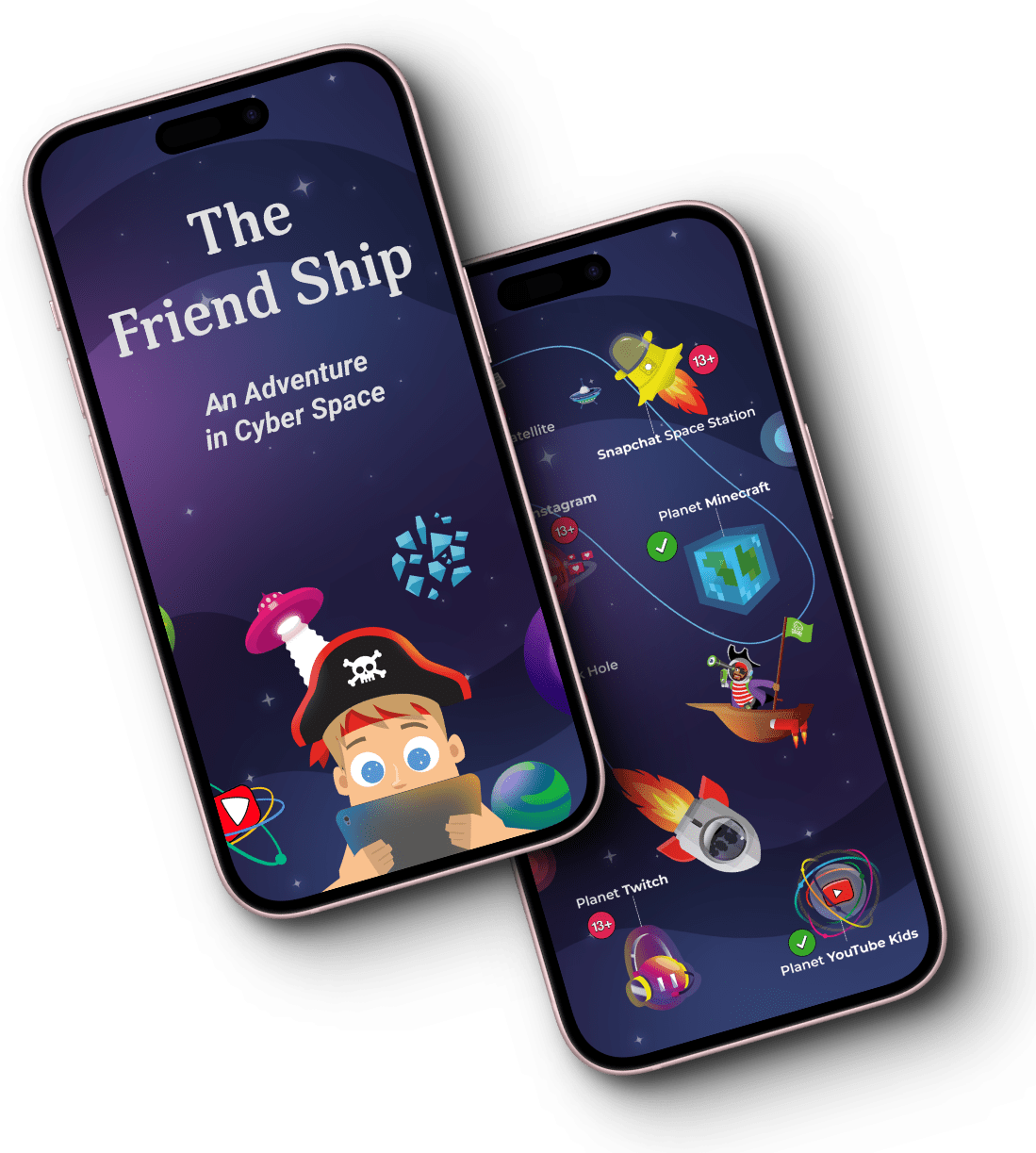
The Friend Ship
An Adventure in Cyber Space
Embark on a cyber space adventure with ‘The Friend Ship’, a children’s book designed to help parents, carers, and safeguarding professionals plant seeds of safety in young minds. Join Jack and his dog, Freddie on a journey through app age restrictions and friend requests as they decide who to let onboard and when to call the Mothership for guidance.
Join our Safeguarding Hub Newsletter Network
Members of our network receive weekly updates on the trends, risks and threats to children and young people online.
